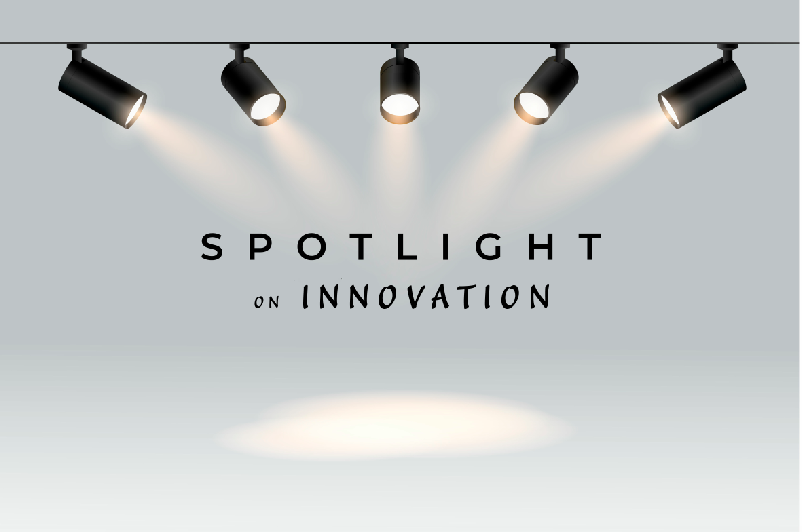
latest
Avoiding isolation in care homes
Haptic T shirts send a hug to help people feel connected

In our new series, Spotlight on Innovation, we will be highlighting some of those trailblazing the latest innovations in new technology. First up we feature Cutecircuit who are developing wearable technology to reduce isolation. One possible application could be for care home residents.
"Anyone can send a hug or music to a loved one at any time... The idea is to make them feel loved." Francesca Rosella, co-inventor of the HugShirt.

“We are very excited about collaborating with Francesca and Ryan at Cutecircuit on this project." Peter Bloomfield, Head of Policy and Research, Future Care Capital

It was 18 years ago – in a time before iPhones – when Francesa Rosella and Ryan Genz first came up with the HugShirt.
In those early days the wearable technology was aimed at friends and lovers who wanted to connect across the miles.
But it rapidly became clear the idea had wider applications and in 2006 the HugShirt received a Time magazine Best Invention of the Year award.
Since then Rosella (who started in the fashion industry) and Genz (who has a background in art and anthropology) with the team at their company, CuteCircuit, have been beavering away refining the product.
And now they are teaming up with Future Care Capital to try out the HugShirts in care homes to help support residents who may be feeling isolated and lonely.
Rosella says she still remember the excitement of those early days. “We had the software that enabled people to send a hug from Rome to Tokyo… How cool is that?
Hug via an app
“We were using the old Sony Ericsson phones and it was a bit clunky. But now with the iPhone you just launch the app and choose the person you want to virtually hug.
“What’s really special is we designed everything – the electronics and the garment – in-house.
“It looks fashionable and we’ve made it so the material feels soft, like a normal T shirt. There are no wires. You see concentric circles and these are the actuators – small micro-electronic circuit boards that vibrate when the hug arrives.
“The person receiving the hug gets lots of good vibrations. And the sender can click on different areas of the image of the shirt on the app to vary the intensity of the hug – the bigger the dot the stronger the hug”.
The shirts are controlled by “the brain” – a battery with a microprocessor (similar to a mobile phone) that runs an operating system that works the haptics.

The Sound Shirt by CuteCircuit.

HugShirt wearable technology
Over the years the team have developed a number of products from the original idea. One of them is the SoundShirt.
Wearable technology for deaf people
This is ideal for deaf people who can choose from a music library and feel the sound through the shirt.
Different parts of an orchestral piece will activate different areas – for example the violin on the shoulder, the drum on the back.
Rosella explains: “Anyone can send a hug or music to a loved one at any time. It releases oxytocin and so can help people relax. The idea is to make them ‘feel loved.’
“We want them to feel connected. That’s so vital during this pandemic when it can be impossible to hug someone you love.
“So whether someone is lonely, or deaf, or blind, paralysed – or perhaps they have autism – so many people could benefit from this technology.
“And it can be precisely calibrated according to the individual’s need.”
Effect of pandemic
The company produced a batch of the shirts but they quickly ran out and then the pandemic meant that the factories making them closed. But now the team are back in pre-production and hoping to be able to send shirts out to care homes for testing soon.
“My mission is to make people happy by making them feel connected. I really believe this can prevent them from sliding into depression.” Francesa Rosella
Future Care Capital will be supporting the project to understand how care home residents perceive and use the product and whether a more in depth trial could be explored to measure wellbeing and health outcomes.
FCC Head of Policy and Research Peter Bloomfield says: “We are very excited about collaborating with Francesca and Ryan at Cutecircuit on this project.
“We are letting things settle down in care homes before introducing the shirts for testing so that it doesn’t cause any disruption to care provision and the response to COVID-19.
“But once they say they are ready to go-ahead we will launch product testing. So the message is ‘watch this space.’ “